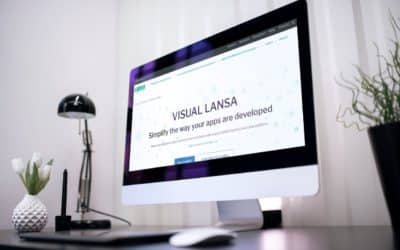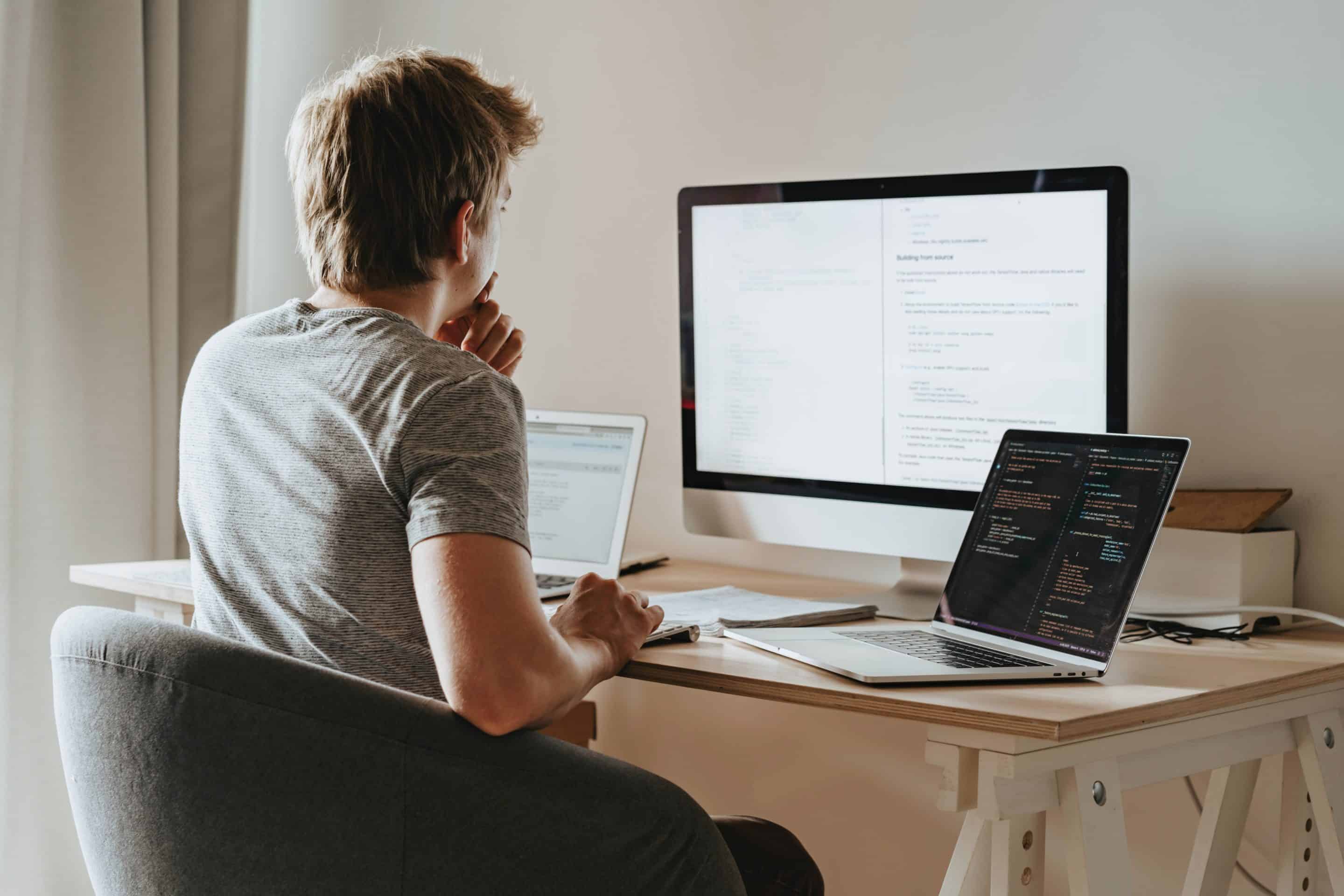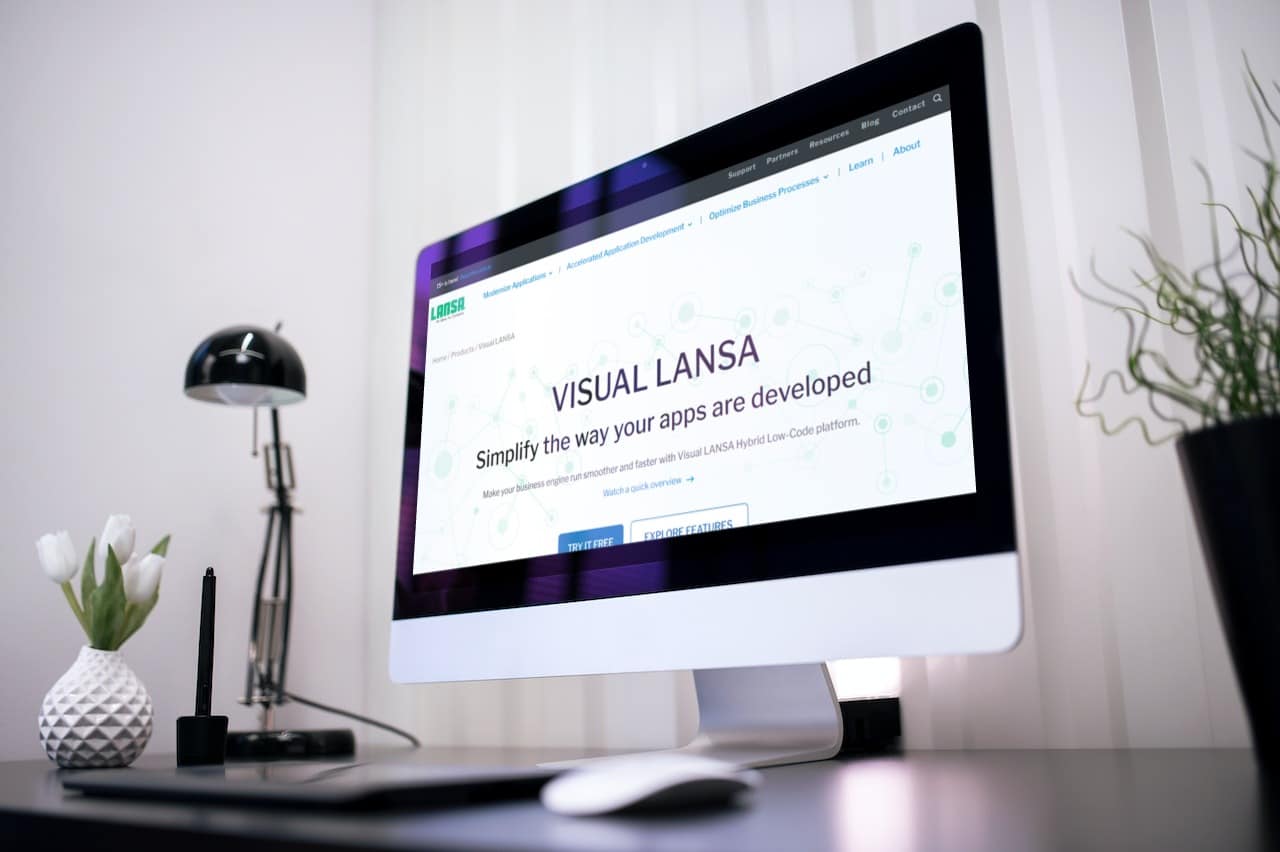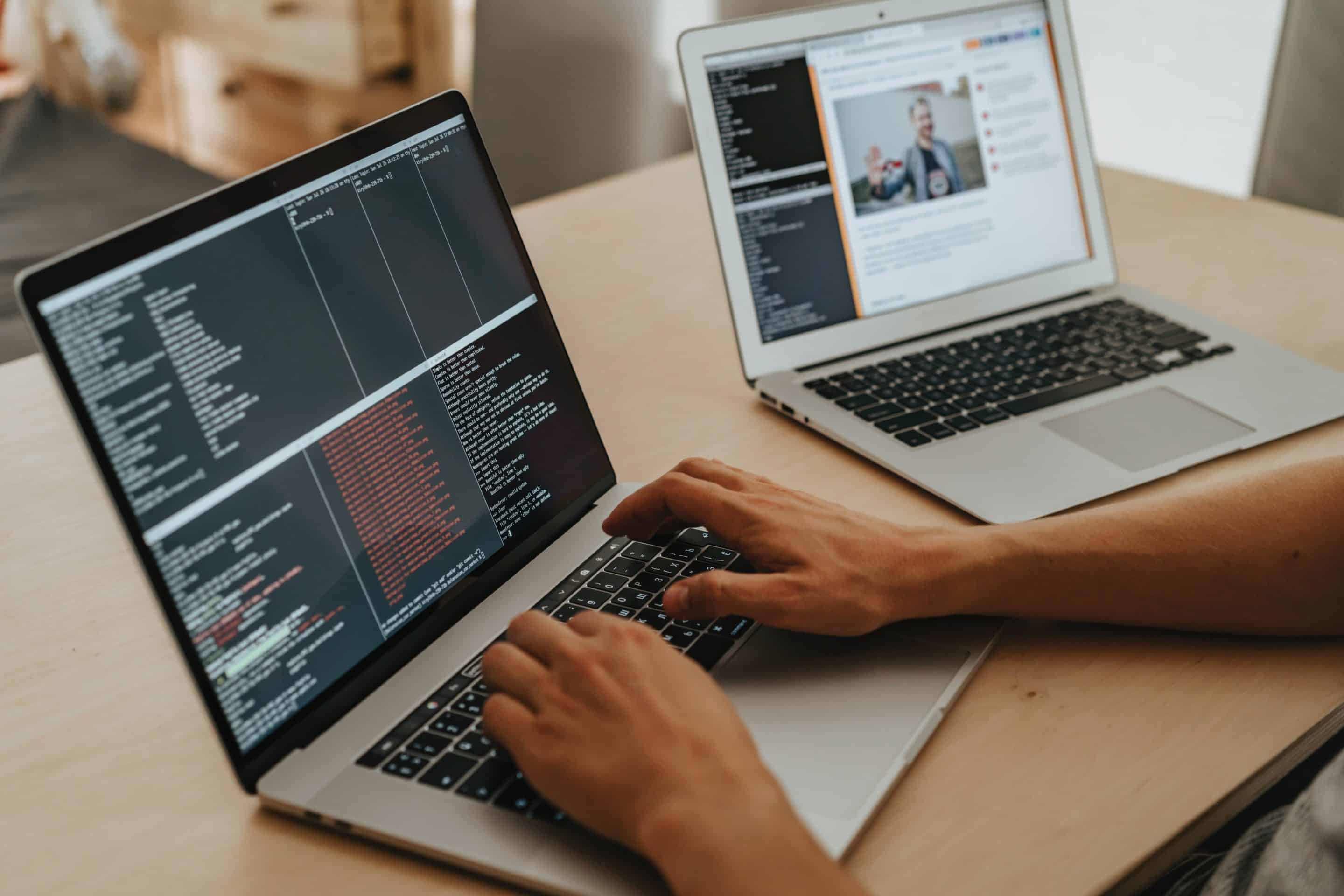Google recognized the need to unify, simplify and standardize the design of its UI across desktop, web and mobile devices to provide a modern, intuitive experience for its users. The company set out to proactively address the lack of a single design pattern for all devices and did a total development reset, inventing a system that supports continuity across its portfolio of digital applications but also aligns with modern user experiences. So, Google spent $2.4 billion in R&D, studying and collecting the best design techniques, styles and approaches and aggregated those guidelines into a new design language and dubbed it Material Design.
Material Design is a visual design language that set out to unify the user experience across applications and across platforms. And while Material Design provides standards for UI continuity across all its web and mobile products, its introduction also has changed how non-Google teams approach the design and development of business-critical applications.
Here’s all you need to know about Material Design and why, as the single underlying approach for building experiences across laptops, tablets and mobile devices, it’s become the gold standard for UI and UX professionals striving for high levels of engagement and satisfaction from their users.
What is Material Design?
Google defines Material Design as…
“an adaptable system of guidelines, components, and tools that support the best practices of user interface design. Backed by open-source code, Material streamlines collaboration between designers and developers, and helps teams quickly build beautiful products.”
In short, Material Design provides standards for designing UI and UX for applications across desktop, browser and mobile devices. More than that, however, Material Design is a visual design language that synthesizes classic design principles with the innovation and possibility of science and technology.
The first version was published in 2014 and is built upon three core principles:
- Material is the metaphor
- Bold, graphic, intentional
- Motion provides meaning
The “material” driving the system is the idea that each app’s digital fabric responds to the user, and products should always support those interactions. The concept also expands upon traditional paper-and-ink design principles – where typography, grids, space, scale, color, and the use of imagery create hierarchy, meaning and focus – to also allow for the imagination and magic that only technology can provide.
Google describes it as the synthesis of the flat designs of 2D and the 3D environment they exist in, and it’s a symbiosis that conveys motion and a unique, expressive experience for the user.
The Elements of Material Design
UI design is all about communicating information and Google made deliberate choices in achieving clear communication through visual relationships. Material Design uses bold typefaces that balance alignment and repetition, as well as a contrasting palette of primary and accent colors all designed to work harmoniously.
Beyond the color and typeface choices are the accents. Material Design embraces intentional white space to create a graphic interface, shadows, and lighting to portray depth and edges, and gradients, transitions, and padding to create impact. It also outlines specific rules for motion and animation of design elements, which are essential for establishing relationships and driving functionality.
The Method to Material Design’s Madness
As a business, Google realized the increasing disparity of experiences and user interactions across its growing portfolio of products, and the tech giant invested in a way to bridge those gaps and standardize the experience – and the brand.
And while initially intended to marry the user experience across Google products and platforms, the system benefits more than just Google’s IT teams. Third-party developers, for example, building Android apps are able to leverage Material Design to maximize the look and feel of their applications, and they now have a playbook to do so.
But the methodology behind Material Design is also good logic for any business. Building all the applications that your users demand is difficult, especially considering all the frameworks and languages it’s traditionally taken to develop apps for specific devices. Additionally, the amount of work required to maintain each mobile, web, or desktop app exponentially increases if they’re built using multiple design guidelines.
Standardizing the approach to building web and mobile applications is essential for organizations looking to connect with users across devices. Utilizing Material Design’s guidelines can act as the unifying design principles for your organization’s apps.
Why Material Design Matters for App Developers
Material Design changes how application development happens and there are three main reasons it will continue to affect app developers and their processes.
1. The Rise of Mobile
Google built much of its Material Design philosophy around the mobile experience and for good reason: It’s become our preferred way to access the Internet. As the number of active Internet users increases around the world, their consumption habits continue to evolve away from the desktop. In fact, mobile Internet traffic comprises nearly half (47.96%) of total global web traffic, according to Statista’s February 2019 statistics, and that doesn’t count tablet use.
2. Usability
IT contains teams of developers that only work on specific parts of an application: client-side, server-side, integrations, etc. Material Design provides developers without a lot of client-side design experience the ability to build a UI that looks good and falls in line with the rest of their applications.
3. Consistency
Good design is paramount but equally important is consistency. Businesses must build web applications that engage customers across desktop and mobile platforms that deliver a uniform user experience on all devices. Material Design provides clear guidelines for developing desktop browser, Android and iOS applications, so there’s no doubt in how to deliver a common user experience.
How Material Design Benefits Your Teams
By embracing Material Design, development teams have a single visual design language that will create a uniform experience across web and mobile applications. This means that as a business, you’ll be able to:
- Increase the speed of creating the UI and reduce time-to-market for new applications and business opportunities
- Quickly deliver attractive, modern apps that are robust, scalable and maintainable
- Enforce standards and reusable primitive components to expedite the development and ensure quality and consistency across platforms
- Eliminate design skills requirements by using a standard set of design patterns
So Why Use Material Design?
In Material Design, developers and designers in any industry have a responsive, standardized approach for building applications for their users that are uniform and scalable across platforms and devices. The design system provides developers who aren’t necessarily web or mobile designers with a foundation upon which to build something beautiful.
A system like Material Design removes much of the complexity from designing business apps, increases the speed of application delivery and reduces costs. Organizations also will eliminate key-resource dependencies tied to a pile of legacy development languages they no longer have to support, ensuring their IT teams have more time to deliver business innovation through app development.
In 2018, the LANSA low-code platform delivered a UI library that conforms to Material Design guidelines. Overnight, developers were able to use these to provide a standard approach to laying out the interface for web and mobile apps built in the Visual LANSA low-code development platform. They are able to build apps that users immediately feel at home using without having to add expensive design resources to their development teams.
The combination of LANSA’s low-code development principles and Material Design’s design approach makes it easier for developers to deliver great looking, easy-to-use web and mobile apps in a fraction of the time it would previously have taken.
For more info check out the Material Design website at www.material.io.










